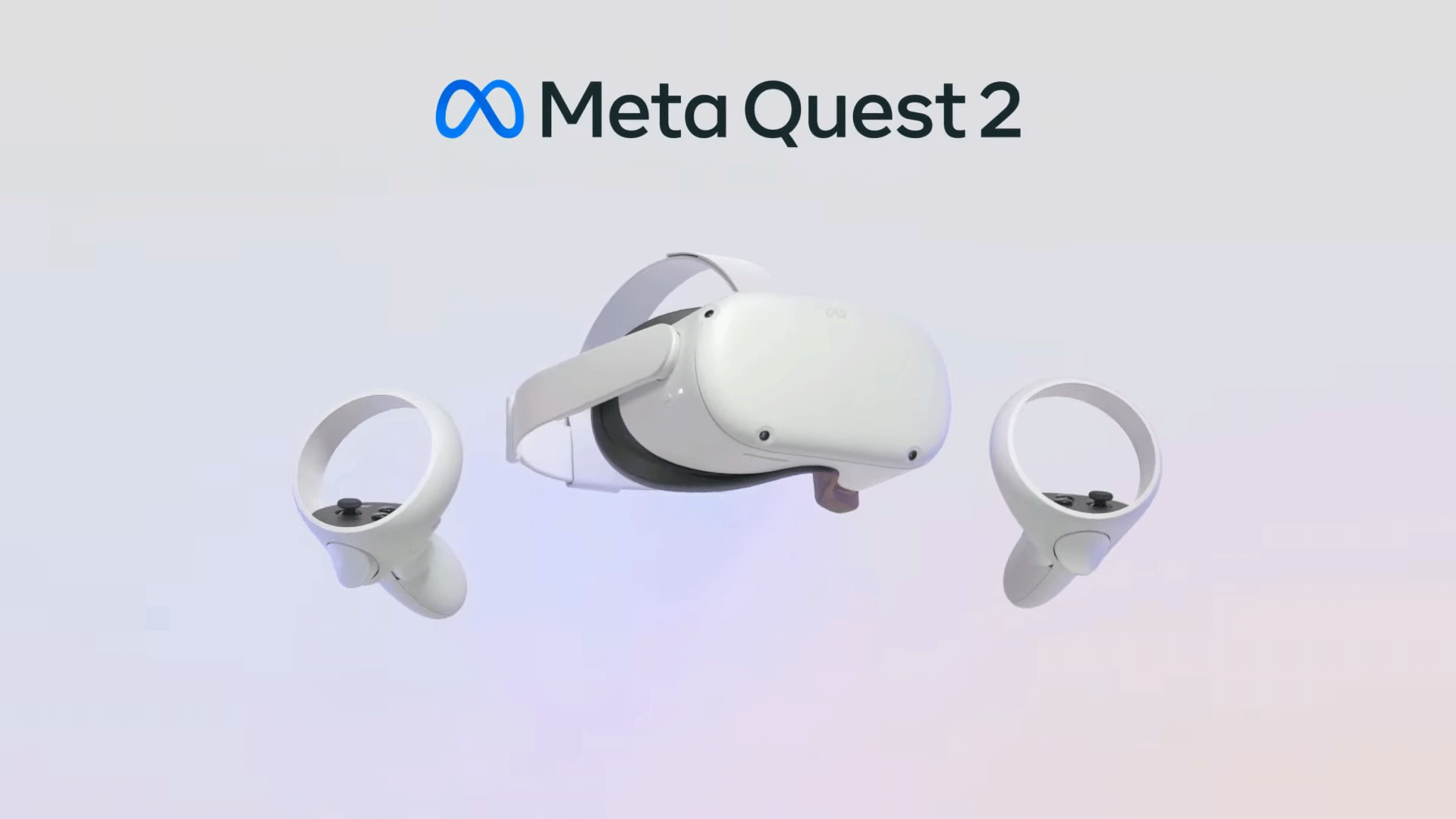Meta or Oculus Quest
2 is an advanced, all-in-one virtual
reality headset. Due to completely built-in VR gaming, you don't
need any
cables or tethers to get started.
Even better
though, if you want to get into
AAA VR games that require a
dedicated PC,
Quest 2 can
connect to your computer to display high-end VR gameplay with
nothing
more than a single cable.The whole idea behind the
Quest is to provide an all-in-one VR experience; so
that means
it has its own
·
processor
·
ram
·
storage
MAIN SPECS:
The snapdragon xr2 platform
powers the
device, while six
gigabytes of
ram supply
a healthy amount of memory for
smooth
gameplay. The Oculus Quest 2 comes
in either
64 gigabytes or 256 gigabyte
varieties. There is a bit of a jump
between sizes depending on your use case.
For example, you mainly intend on
gaming from your pc and tethering to the Oculus, the smaller
64
gigabyte version could be better for
you. On the other
hand,
if you don't
expect to use a gaming PC alongside the unit, the 256-gigabyte
version makes much more sense as a standalone VR
headset.
One of the
most important aspects to a VR headset is the
resolution of the display. VR displays effectively
put pixels right in front of your eyes, so having higher
pixel
density is always better. On top of that, a high
refresh
rate is absolutely necessary to prevent motion
sickness
and to create a smoother experience overall.
The quest 2
delivers on both fronts with an 1832x1920 resolution
per eye,
and a 90 hertz refresh rate.
SETUP:
After connecting to the
wi-fi, the quest
prompts
to connect
the device to the Oculus smartphone app.
It actually
detects the Quest 2
automatically
over the network. It
is essential to
connect to your Facebook
account too. Before even jumping
into any
games though, there's a lot of little touches that
make the
quest too easier, and more intuitive to
use than you would expect.
The most
obvious is the virtual representation of the
controllers. They're visible at all times even when
you put
them down, meaning they're hard
to lose
track of. Next, the Quest asks you to
define a guardian space, which
is, where the Quest understands the
floor and surrounding environment to be.
You can
reorient this at any time and also set the Quest into a stationary
mode
intended for seated use. When you do this, the
Quest turns on its front-facing stereo cameras to assist you.
They
are
low-resolution black and white cameras, but they give you an
actual view of the outside world, without having to
take the
headset off. Not only that, but once you set up
your boundaries, if you ever walk
beyond them, the cameras automatically turn on
allowing
you to avoid walking into something around you.
INTERFACE:
The
Quest and Oculus interface
experience, in general, is reminiscent of a
smartphone. In fact,
a version of android is running under
the hood
here. Moreover, games
and other apps can
be
purchased through the Oculus store,
which can
also be accessed through the mobile app. Games install
wirelessly and can then be accessed from the home page.
CHAPTERS:
You
are not going
to see high polygon counts or realistic
lighting effects here, but you are going to
get an unbelievably immersive experience.
Every movement you make,
is accurately rendered in the game:
whether
that be a turn of the head, a
twist of
the wrist, or a movement of any kind. If you bend
down,
your
character bends down. If you step
forward in
the real world, so does your character. Of course, this opens the door
to whole new types of games: rail-based games are a
great example, and there’s a slew of rhythm
games, like Beat
Saber that require you to duck
dodge and
slice your way through the game.
OCULUS LINK CABLE:
Using the oculus link
cable, which is a 16 ft. USB-C cable, you can connect
straight
to your computer. The Oculus link
cable is
unique, because it's actually a fiber optic cable, which is why, it can be so long
without
any data loss. With a right-angle connector on one side, it also keeps
tension on
the cable to a minimum, when connected to the
headset.
HEADSET OVERVIEW:
The sleek white headset
comes with two controllers, power adapter, and a shim
to
accommodate glasses inside the headset. There is no diopter, so glasses must stay
on. The interocular
distance of lenses can be adjusted which is
necessary
to reduce blur depending on your eyes.
Internal speakers on the headset are
surprisingly
immersive, providing positional audio. Games, that
lean
heavily on good sound design, are
going to
sound fantastic on this.
OTHER FEATURES:
The 90 hertz refresh
rate of the display means eye fatigue should also be
minimized.
The
immersion begins as soon as you put the
headset on. The Quest 2 keeps things
simple with a single USB-C port used
both for
charging and for the Oculus
link cable.
The charging
time is 2.5 hours and the battery duration
is 2-3 hours approximately. Everything else is handled by a
wi-fi connection; you have to type the password in
virtual
reality. There is a power button on the left side
and volume controls below the eyes.
The quest 2
also allows you to stream straight from the
headset or record game footage to the
internal storage.
CONCLUSION:
In nutshell, it is much easier to use. Providing a
stereo
view is one thing, but tracking every
movement, providing a completely wireless
experience, and
letting
you take advantage of your gaming PC is simply incredible!
PRICING AND DETAILS:
If you wanna buy this incredible invention, please click the link below:
https://amzn.to/3PhMqFz
